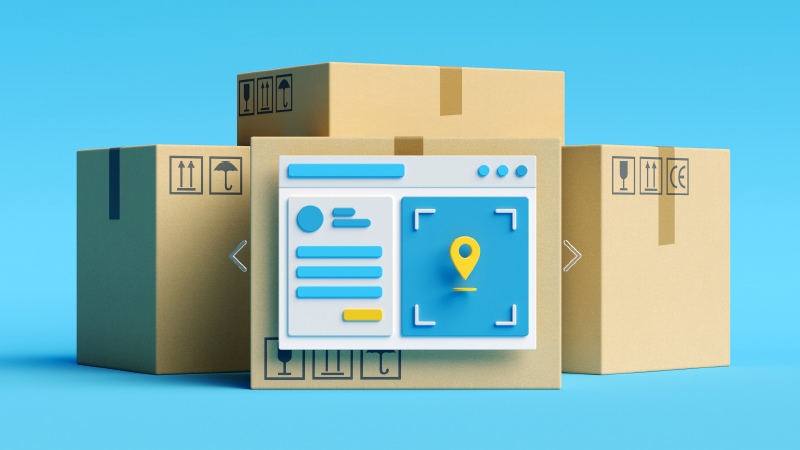How to Use Automation for Increased Transportation and Logistics Visibility

By embracing automation and mobile devices, transportation and logistics managers have the real-time information they need to reduce the cost of delivery operations, get the most value out of assets and personnel, and improve the quality and consistency of their customer service.
As transportation and logistics companies face headwinds like labor shortages and pressure to improve efficiency, technology advancements are emerging to boost productivity and service levels.
Companies with extensive field operations are seeing the value of mobile technology for enterprise-wide use. In Zebra’s Future of Field Operations Vision Study, 97% of companies surveyed expect to expand mobile technology for enterprise use to replace paper-based systems.
This explosion in adoption was made possible by the spread of 4G/5G service and other emerging technologies, with 60% of companies embracing a mobile-first strategy to integrate and scale technology across the enterprise.
The interest in automating many transportation and logistics functions is driven by macro-level challenges facing many companies. Making each employee more effective with mobile technology relieves some of the pressure on staffing operations. Rising labor costs improve the ROI narrative for investment in technology.
At the same time, the demands on transportation and logistics companies are higher than ever. Operational visibility has never been more critical, with an unrelenting need to know where assets are located from the warehouse through delivery and back, with reverse logistics.
Each aspect of the operation is under pressure to improve process efficiency. Speed and timeliness are critical to creating fluid operations. Visibility improves asset utilization to support efficient drop-and-hook operations and helps avoid costly detention fees.
Transportation and Logistics Automation Solutions
Automation is a critical piece of the solution. With rugged mobile devices in the hands of drivers and the cab, paperwork becomes a thing of the past. Real-time visibility of information transforms operations from reactive to proactive, with insights into drivers, vehicles, and customers. Improved management drives efficiency and profitability while overcoming the challenging environment. Enterprise devices eliminate the complexity and risk of managing consumer-level personal devices.
By embracing automation and mobile devices, transportation and logistics managers have the real-time information they need to reduce the cost of delivery operations, get the most value out of assets and personnel, and improve the quality and consistency of their customer service.
5 WORKFLOWS TO AUTOMATE
Rugged mobile devices close the gap between front-line work and the back office, making supporting field workers easier and giving managers access to real-time information.
- Last-Mile Delivery. Improve visibility from pick-up to delivery to ensure the right package gets to the right person at the right time without errors.
- Proof of Delivery (POD). Create accurate chain of custody during pick-up and delivery with electronic signature capture and mobile receipts. Improve financial results with same-day invoicing and reduce damage claims with photographic proof of condition at delivery.
- Electronic Logging Device (ELD). Replace paper with real-time processes throughout the delivery network to reduce costs and improve service quality. Because the devices track mileage and hours logged, fleet managers automatically collect regulatory information, such as hours of service and fuel tax data.
- Routing. Improve dispatch and routing efficiencies with immediate visibility into vehicle location and routing within the context of network-wide operations. The stream of real-time location information allows dispatchers to better manage routes and ensure drivers arrive on time, with the least miles traveled.
- Fleet Management. Automate proactive maintenance and compliance checks for all assets. Improve fleet uptime with preventive services that keep trucks on the road.
